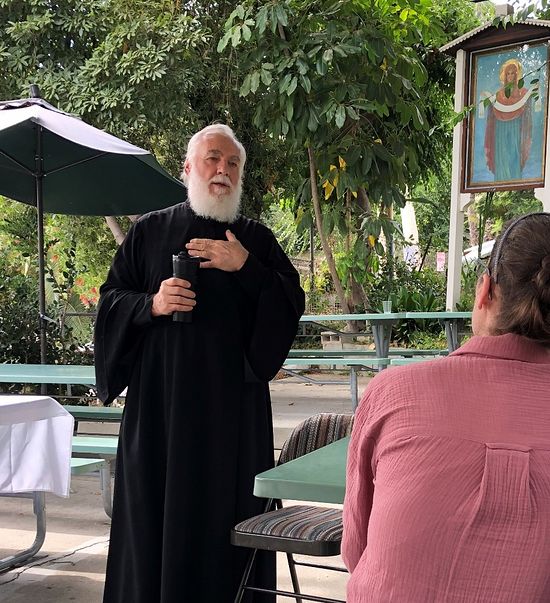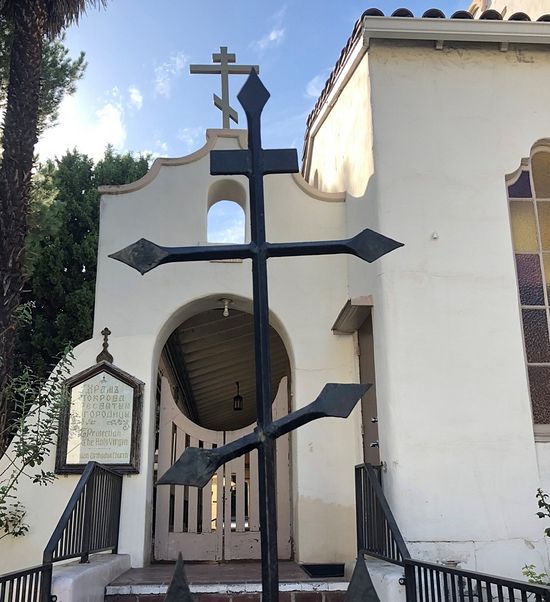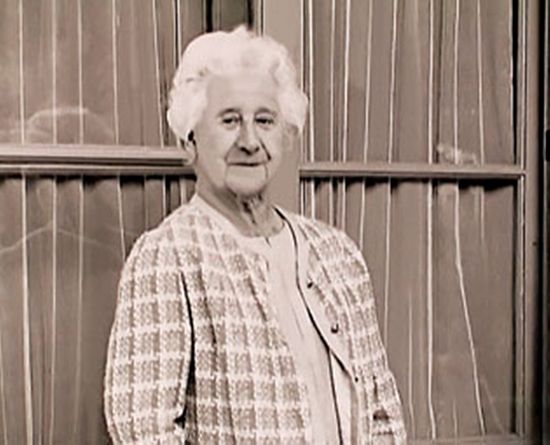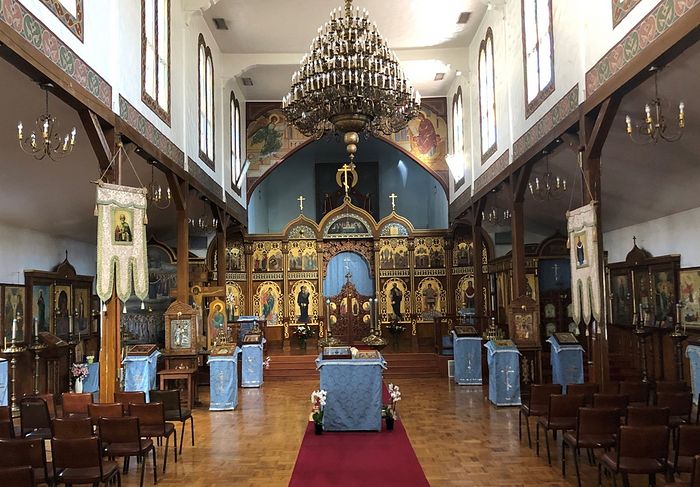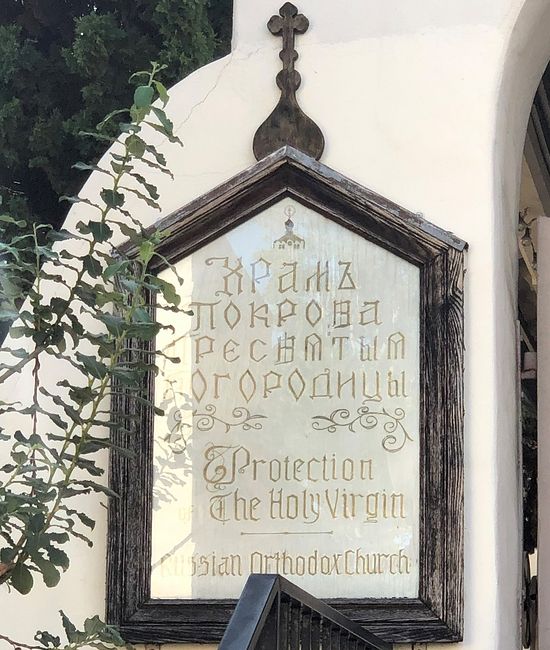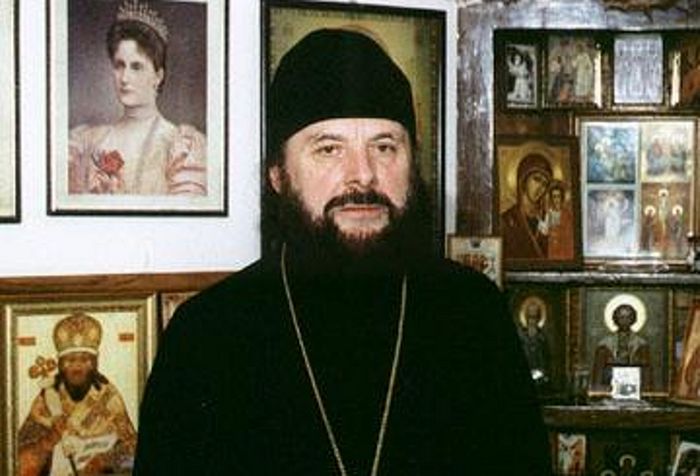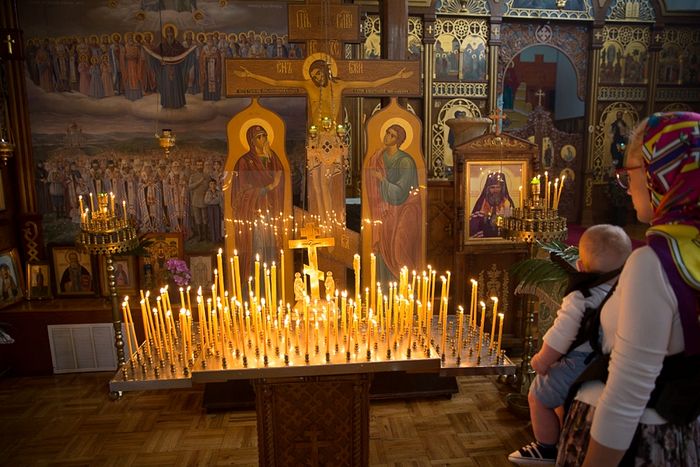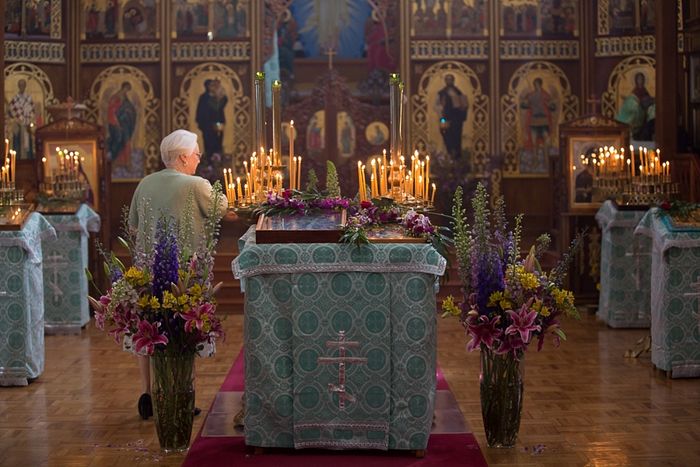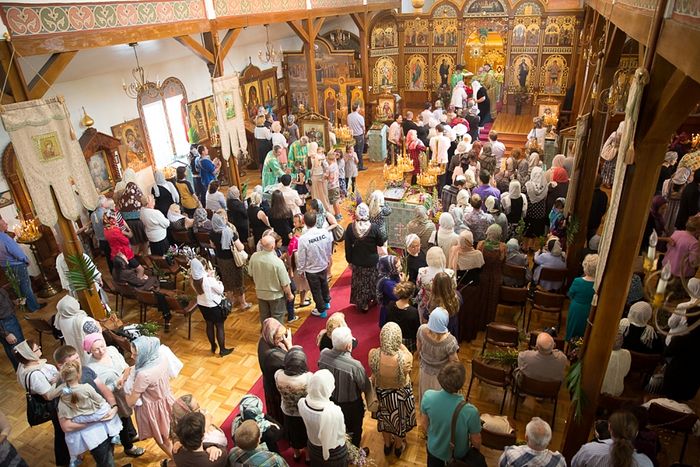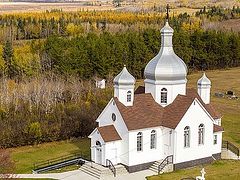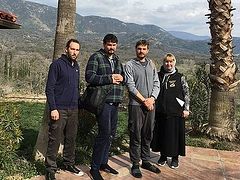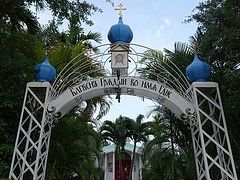Archpriest Viktor Tseshkovsky, the rector of the Church of the Holy Protection of the Most Holy Theotokos in Los Angeles, shares his thoughts on the “first and second courses and dessert” for the human soul, and on the medicines for despondency and burnout.
—The providence of God acts in the life of every man, but sometimes it is hidden, and sometimes it clearly reveals itself in some signs, significant meetings, or in words we hear. Dear Fr. Viktor, could you share with us, have there been any such signs or clear manifestations of the providence of God in your life?
—There have been many, both clear and hidden—in my childhood, for example. There are five of us brothers, all priests. Before we had decided on our path in life, our mother was very worried about what would happen to us. One went to the army, one finished school, one was thinking about an institute. Our mother fervently prayed and often visited Elder Seraphim (Tyapochkin). She would ask about her sons, and the clairvoyant elder always gave the same answer—he would hand her prosphora, saying: “Take this to the bell-ringers!”
She didn’t understand at all; she would come home and tell us, even with some annoyance, almost with resentment: “What bell-ringers?! We don’t have a bell tower or belfry now!”
And only when my older brother went to seminary, then the second, the third, and me—the fourth, did our mother say: “I finally got it! And Elder Seraphim isn’t even among the living anymore…”
This is the hidden providence of God.
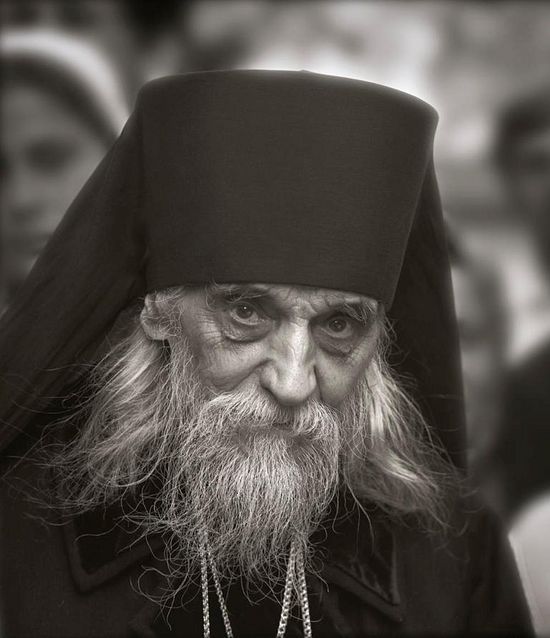 Archimandrite Seraphim (Tyapochkin)
Archimandrite Seraphim (Tyapochkin)
But open, explicit manifestations… I could get lost here—there are so many examples. The clear providence of God manifests itself best, perhaps, in the Eucharist—as the Eucharist turns a despondent, depressed priest into a joyful one. Sometimes you get very tired, you go to church, and someone else spoils your mood, because there are all kinds of people—some reproach, some just fight. You begin the service, the choir is singing out of tune, the deacon makes mistakes, something else happens, and then another thing.
Then the Eucharist begins. You feel how someone is lifting your heart up. After all, our soul wanders along the vertical of the heart. Back and forth. When it’s at the very bottom—that’s despondency: The soul mingles with the flesh. When it’s in the middle—that is, so to speak, the promptings of a moral character. And when it’s above—that is the Spirit. This is cheerfulness, joy. And during the Liturgy—it’s manifest providence, it’s the most beautiful thing the providence of God works. Yes, for a priest, it is, of course, the Liturgy.
—Fr. Viktor, is despondency a common temptation for pastors?
—I think so, because priests fall into that category of people who are in danger of burnout: teachers, doctors, lecturers, and some public figures. As physical infirmities come with age, so spiritual infirmities come when you don’t have enough spiritual strength. A priest or a professor may still have knowledge, but not strength…
First a man is young, civilized, educated, and he aspires, makes plans, works hard, and realizes them with God’s help. He gave all of himself for some years, and then wants to do something else, but he has no strength and not enough spiritual experience.
Not everyone is a saint and righteous one, like St. John of Kronstadt. There is infinity there. He reached such heights, when he had already attained holiness… The normal pastor cannot rise to these holy heights—his spiritual strength is dried up and he needs help.
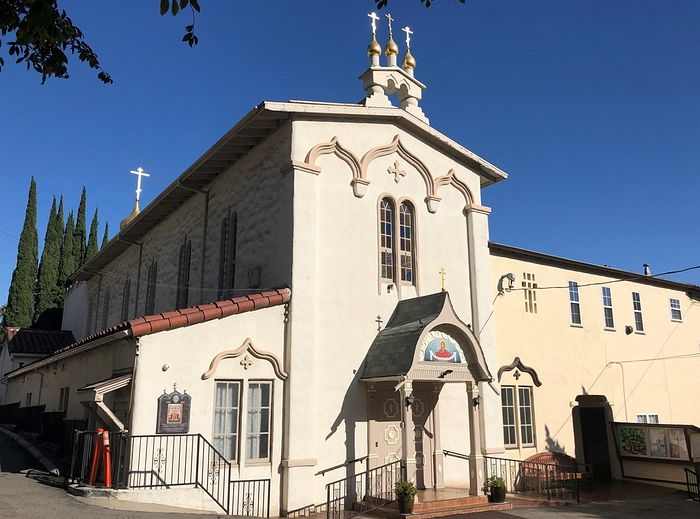 Holy Protection Church in Los Angeles
Holy Protection Church in Los Angeles
—In what does such help consist and how can it be found?
—Any priest always looks for a spiritual father. A spiritual father makes you stronger spiritually. The elders are in my memory. They’ve already gone on, of course: Archimandrite Kirill (Pavlov), Archpriest Nikolai Gurianov, Archimandrite Seraphim (Tyapochikin).
Besides the help, counsel, and prayers of a spiritual father, there are two more medicines against burning out. The first medicine is the Eucharist, especially the Transubstantiation of the Holy Gifts. It’s the height of the spirit.
The second medicine for burnout is family—for a married priest, I mean. You see the clear providential action of the family when you have no strength: Matushka and the children comfort and calm you. This is the clear activity of God’s providence.
For monks, family is replaced by the brethren; in Proverbs it says: A brother helped by a brother is as a strong and high city (Prov. 18:19). In the monastery there is an elder, the brothers, reciprocity. They do the same thing for a monk that a family does for a married priest.
In general, pastors have many more temptations than a regular person. All the time. Every priest can tell a bunch of stories about it. For example, a babushka arrives in a terrible fright, shouting that she screwed up: She wrote her granddaughter’s name on the list for the departed. You explain to her: “It’s okay, don’t worry. They’re not confused there in the Heavenly chancery!” But she starts shouting: “No, no, my granddaughter is getting on a plane right now; we need a moleben right now! Serve a moleben for her health, Batiushka!”
You have to serve it, of course, otherwise this babushka will remain in terrible grief. She wouldn’t survive her granddaughter’s flight. You serve the moleben, and the babushka calmly says: “Well, we served it; now everything will be fine!”
—Fr. Viktor, could you share with us: Who has had the greatest spiritual influence on your life?
—I think every priest has his list of “everyday saints,” like Vladyka Tikhon (Shevkunov). I grew up in a parish in the 1960s; I looked around at the parishioners and saw several elderly men among them. They were bearded and girded with a rope. I thought they were just old men, but then I was told that they were priest-confessors who had been repressed and suffered for their faith.
You forget over the years… Only when you asked did it emerge from my memory.
—You’ve been serving at the altar of God for almost four decades now. Could you share any miraculous stories you have witnessed during your ministry?
—I think the main miracle is the miracle of the transfiguration of the human soul. If someone comes to God, that’s a miracle… And the rest, with healings, everyday cases—that’s normal, natural stuff.
The main miracle of the twentieth century, our national Russian miracle, is the resurrection of our Orthodox Church. The causes and source are well-known. We did not deserve it, but inherited it from our ancestors, the New Martyrs. Their blood became the soil in which grew and blossomed the tree of faith. And this miracle is on the level of the resurrection of the dead. People are resurrected; Rus’ is resurrected. Christ the Savior Cathedral in Moscow can be called a symbol of this resurrection.
If we’re talking about personal miracles, I can recall some examples that happened in my family.
The first case: Earlier, in soviet times, the monasteries and churches were closed, and in our region, they closed the Monastery of St. Paraskeva. The nuns were scattered all over the south, and my mother communicated with them. My parents were still quite young then. My father had returned from the war not long before. They got married, but weren’t crowned in the Church [that is, they did not receive a Church wedding.—Ed.]. Then my father’s wounds from the front began to worsen somehow and they planned to cut off his leg, because there was danger of gangrene. They were about to cut off his leg, and the nuns said, “You should get crowned, and we will pray for you!” And they started praying.
My mother and father tried to get crowned, but there were continuous obstacles: One church was closed, in another the priest died, then something else happened. But still, they got crowned. And after the crowning and the monastic prayers, my father got back on his feet both literally and figuratively. He not only kept his leg but he also lived another fifty years, and even worked. He didn’t become disabled, although he had been registered as disabled before that. Is that not a miracle? The prayers of simple nuns worked a miracle.
Second case: In my childhood (late 1960s), there were no longer such persecutions against the Church as in the 1930s, but there was still the harassment of the faithful, churches remained closed, and children weren’t allowed to go to church, to commune. My parents’ three older sons were already of age, but there were still minors, myself included.
And because we went to church, they decided to deprive my mother and father of their parental rights and to send us to a boarding school. All of my father’s front-line contusions immediately opened up; he was going to go to war with the authorities and decided to take a gun with him.
My mother slashed his bicycle tires with a knife so he couldn’t go anywhere, and she went to see the eldress. These eldresses were from the ruined monasteries and roamed the countryside and villages, and were very prayerful. The eldress gave my mother advice—tell the court about the saints Grand Prince Alexander Nevsky, and Grand Prince Dimitry Donskoy. They also advised my mother to say that her older sons serve in the army and she was raising defenders of the Fatherland, not some kind of enemies of the people.
When my mother started talking about the holy Grand Princes, there was a long pause in the court, and then one of the respected people rose from his seat—the director of a state farm, a veteran of war, and a labor hero—and asked the court to stop. He said he would take responsibility for our family. Thus, the eldress taught my mother to completely change the decision of the court with some simple stories. The Russian land was rich with such ascetics of piety.
—I know you have served in Sweden, Italy, Spain, and the Canary Islands. Please share your impressions of the parishes and people you met in these countries.
—As for the European countries, the parishes are very similar. One of my first parishes abroad was the parish of St. Sergius of Radonezh in Stockholm. It has a very interesting, beautiful history. A woman named Vera Sager played a major role in its organization.
Vera Nikolaevna lived a long life: She was born five years before the end of the nineteenth century, in 1895, and departed to the Lord almost at the end of the twentieth century. The daughter of the Russian diplomat Nikolai Brunner, she received a brilliant education and spoke seven languages. On the eve of the Russian revolution, she found herself in Sweden together with her parents, and she became the wife of a Swedish diplomat and a very wealthy lady. I spoke to some elderly women who were once friends with Vera Sager.
In her later years, she founded the Church of St. Sergius of Radonezh in Stockholm, which became the center of life for the Russian community. The church’s main sacred items are the venerated Stockholm Icon of the Mother of God and a real heirloom—the imperial flag. The parish was received into the jurisdiction of the Moscow Patriarchate in 1996.
I went to Stockholm for a visit and they asked me to serve in this church. I would have stayed, but by Swedish law, only the Lutheran church is considered a church, and the rest are registered as simply religious organizations. To open the church, the Russian Foreign Ministry had to appeal to the Swedish Foreign Ministry, and there were many organizational issues to be resolved.
When I had already been sent to San Francisco from the Moscow Patriarchate, I learned that this permission was given, and a Russian priest was sent to serve in the Church of St. Sergius in Stockholm.
My impressions of the parishes… The parishioners in European Orthodox parishes are mainly our Russian immigrants. People wind up abroad for various reasons, and some are born in immigrant families. For them, the church is a piece of their homeland, a piece of their soul. After the service there are always communal meals, gatherings, sometimes until the evening. There are also locals in the parishes who converted to Orthodoxy.
European Orthodox parishes have a common problem everywhere—a lack of buildings for churches. It’s usually the Catholic church that helps them. In Italy and Spain, the Catholics granted the Orthodox their chapels. I was once given a place to stay in a Catholic monastery. I was even glad to live in a cell in the monastery.
European Orthodox parishes also have problems with choirs, choir directors, and altar servers. Another problem is the discrepancy of feast days: The Catholics have their feasts—usually days off, but our feasts don’t coincide with these days off. Once in the Canary Islands, they closed our chapel for the whole summer because they were on vacation. All the officials went on vacation for a month, and we had to serve outside in the front of the chapel. We didn’t know these laws. They also take vacation in the summer in Sweden, and everything is closed except municipal services.
—You are now the rector of the Church of the Protection of the Most Holy Theotokos in Los Angeles. Tell us a bit about the particularities of your ministry in this city.
—Our church is located in Hollywood, not far from the so-called Walk of Fame, with its more than 2,500 copper stars with the names of actors, musicians, and other celebrities mounted in the pavement.
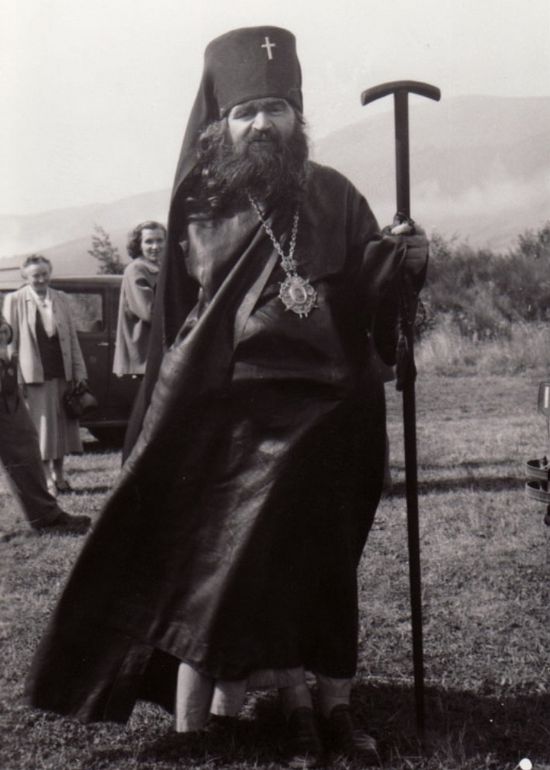 St. John the Wonderworker of Shanghai and San Francisco
St. John the Wonderworker of Shanghai and San Francisco
Our parish was founded in 1952 with the blessing of Metropolitan Anastassy (Gribanovsky), the second First Hierarch of ROCOR (1936-1964).
The parish gradually grew and it became cramped in the old church, so the parish moved to a new church. It was consecrated in 1965 by the great ascetics of piety St. John the Wonderworker of Shanghai and San Francisco and Metropolitan Philaret (Voznesensky), also a man of prayer, the third First Hierarch of ROCOR (1964-1985), as well as Bishop Savva of Edmonton.
 Metropolitan Philaret (Voznesensky)
Metropolitan Philaret (Voznesensky)
Our parish was nurtured by Bishop Alexander (Mileant), an outstanding Orthodox theologian, spiritual author, and missionary, for more than thirty years. He departed to the Lord on September 12, 2005, on the day of the memory of his Heavenly patron, the Right-Believing Grand Prince Alexander Nevsky.
Our parish lives with the ordinary joys and difficulties; we have the same problems as the Orthodox in Russia. I would like to draw special attention to the problem of human withdraw from reality into the virtual world of social networks. It is the scourge of the modern world. People are leaving reality both in America and in Russia. They don’t listen to nature, to the world around them, and virtual reality depletes them.
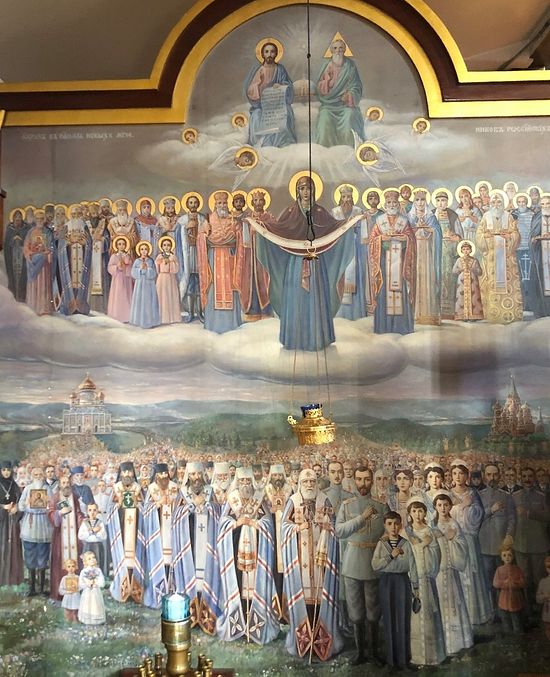 Icon of the New Martyrs and Confessors of Russia
Icon of the New Martyrs and Confessors of Russia
Man departs from God, and without God the soul loses its nourishment. The body is nourished, and the soul should be nourished. The first course is communion with God, the second is communion with man, and dessert is communion with nature. Maybe somewhere, on some Banana Islands, people still communicate with nature, but in the civilized world it’s happening less and less. And when the human soul doesn’t receive the food it needs, it simply dies. Unfortunately, this problem is an acute one throughout the whole world.
—Please tell us about the interesting and beautiful icon of the New Martyrs and Confessors of Russia in your church.
—It’s one of the first icons of them. They don’t even have halos here, because when the icon was painted, they weren’t glorified yet.
I don’t know who painted it, but it really amazes with its size and beauty; it reveals the essence of events that occurred in the past. It allows you to recognize those who are depicted on it.
—Thank you for the conversation, Fr. Viktor!
—I wish the readers of OrthoChristian.com to nourish their souls with communion with God, with one another, and with nature. Sending goodness into the world, they will receive goodness in response. And support us, your pastors, by your prayers. We pray for you, and you—remember us in your prayers. We can’t do it without you…

